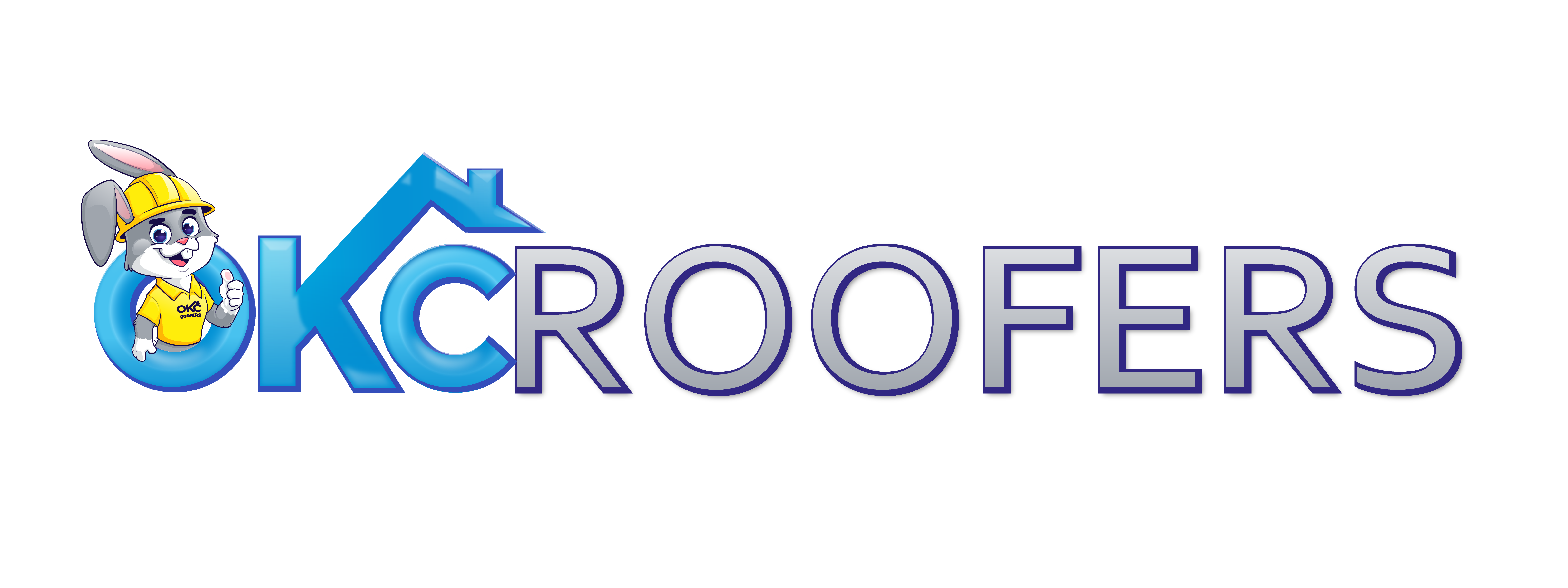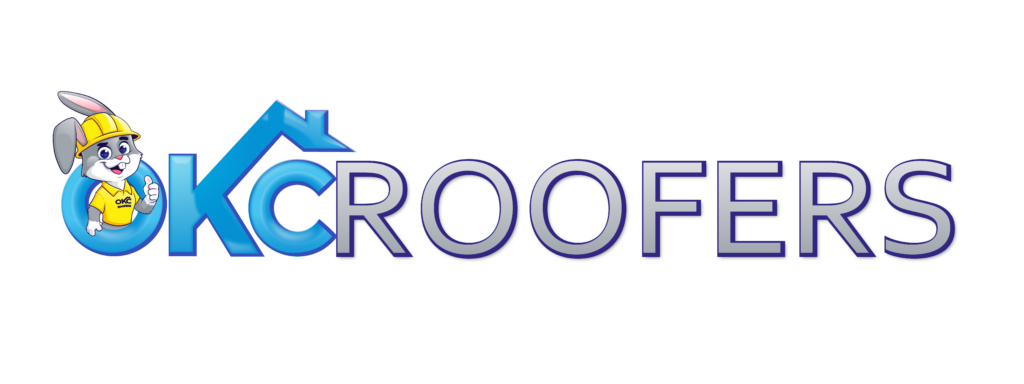Cutting metal roofing isn’t about grabbing the nearest saw and going to town. Professionals know the right tool makes or breaks the job. The wrong cut leaves jagged edges, wasted panels, and a roof that looks more DIY fail than clean install.
This guide shows you how the pros do it, from shears to snips to power cutters. You’ll learn which tools keep your lines sharp, your panels intact, and your project on schedule. Think of it as the cheat sheet that saves you time, stress, and a stack of expensive mistakes.
What’s the best way to cut roof panels without damage?
Use shears, snips, or nibblers for clean cuts. Avoid abrasive blades since heat burns coatings and shortens roof life.
Key Takeaway
- Pros use the right tools—shears, snips, nibblers, saws—to get clean, precise cuts.
- Proper cutting prevents rust, leaks, and costly panel waste.
- Safety gear like gloves, goggles, and clamps is non-negotiable.
- Small jobs = DIY friendly. Full roof installs = hire pros.
Why Proper Cutting Matters
Cutting metal roofing cleanly isn’t just about looks. A rough cut can strip away the coating, making rust show up faster than you’d think.
Bad cuts also mess with fit. If panels don’t align, you’ll deal with leaks, rattling, and an uneven finish.
Pros know precision pays off. Smooth edges lock tight, keep water out, and give your roof that sharp, polished look.
Clean cuts aren’t just cosmetic. They’re your roof’s first defence against weather, wear, and wasted money.
Tools Professionals Use
Power Shears: Pros lean on electric shears for clean, fast cuts. They glide through panels without leaving jagged edges. Think of them as the go-to when speed and precision matter.
Tin Snips: Snips are the old-school flex. Straight-cut, left-cut, and right-cut versions handle detail work like a pro. They’re perfect for trimming around vents, corners, and tight spots.
Nibblers: Need curved or intricate cuts? Nibblers punch tiny bites out of the metal, letting you shape panels without warping them. They’re slower than shears but way more flexible.
Circular Saw (With Metal Blade): Sometimes you just need raw power. A circular saw with the right blade makes quick work of thick roofing. It’s loud, throws sparks, but gets the job done fast.
Angle Grinder: For finishing touches, grinders smooth out rough edges. They’re not the main event, but they keep your cuts clean and safe to handle. Think of it as the polish after the punch.
Pros mix and match tools depending on the cut, the panel type, and the finish they’re chasing.
Cutting Techniques
Power Shears: Pros use electric shears when they want speed without wrecking the panel’s finish. They glide through metal like scissors through paper. Think clean cuts, minimal burrs, and no sparks flying in your face.
Circular Saw with Metal Blade: When panels are thick, the circular saw comes out. With a carbide or diamond blade, it chews through metal fast. The trade-off? More noise, sparks, and rough edges that often need smoothing.
Tin Snips: For smaller cuts or trimming around vents, tin snips are the flex. They’re quiet, portable, and perfect for detail work. Left, right, or straight-cut snips let you twist and shape with control.
Nibblers: Nibblers punch out tiny sections as they move, leaving curves and shapes that other tools struggle with. They’re a bit slower, but if you need custom fits, they’re worth it.
Angle Grinder: Sometimes, speed wins. An angle grinder rips through panels quickly, but it can scorch the finish if you’re sloppy. It’s a go-to for pros who know how to keep a steady hand.
Each tool has its lane. Pros pick based on speed, precision, and the type of cut the job demands.
Cutting Techniques
Straight Cuts: For long, clean lines, pros snap chalk lines or use metal guides. It keeps cuts straight without second-guessing. To get smooth edges with fewer burrs, they’ll run shears or nibblers instead of forcing a saw. The right setup means less sanding later.
Curved & Complex Cuts: When roofs bend around valleys, vents, or chimneys, the approach shifts. Hand snips, power shears, or even a jigsaw with a fine blade step in here. These tools give tighter control, letting you shape panels to fit without warping the metal. Think of it as sketching curves instead of hacking through.
Safety & Accuracy Tips: The sheet should always be clamped down on a flat surface before cutting. This keeps it steady and saves your hands from slips. Avoid using abrasive blades since the heat can distort the metal’s finish. Staying cool—literally—means sharper cuts and panels that look factory-made.
Preparing Metal Roofing for Cutting
Before you even grab the snips, set yourself up right. Lay the panels on a flat, stable surface so they don’t wobble mid-cut. Wipe off any dust or grit, because tiny bits can scratch the finish when you move tools across.
Mark your cut line with a sharp marker or chalk. Don’t freehand it, unless you’re into wonky edges. Use a straightedge or a chalk snap line for long runs, so your cut stays clean.
Lastly, gear up. Gloves save your hands from sharp edges, and eye protection keeps flying shards from ruining your day. A few minutes of prep here saves hours of regret later.
Common Mistakes to Avoid
One rookie slip is using the wrong tool, like a grinder, which burns the paint and leaves jagged edges. Stick to shears or nibblers to keep things clean.
Another mistake is cutting panels on the ground without support. That move bends the metal and ruins the finish. Always use a stable surface or sawhorses.
Skipping safety gear is another classic blunder. Sharp edges and flying shards aren’t a vibe, so gloves and goggles are non-negotiable.
Finally, don’t rush measurements. Mis-cuts waste panels and cash. Slow down, measure twice, and your roof will look sharp, not sloppy.
Safety Gear & Best Practices
Gloves, Goggles, Long Sleeves: Metal edges are sharp and unforgiving. Gloves keep your grip solid, goggles block flying shards, and long sleeves save your arms from scratches. Think of it as your armour.
Noise Protection: Cutting tools scream louder than a bad garage band. Slip on earplugs or earmuffs so the only ringing you deal with is your phone, not your ears.
Worksite Safety: Sparks and sharp scraps are part of the game. Clear your space, keep flammables far away, and sweep up metal bits fast. A tidy site = fewer “ouch” moments.
When to DIY vs Hire a Pro
If you’re just trimming a couple of panels for a shed, DIY is fair game. A circular saw with the right blade and some patience will do the trick.
But if you’re tackling a full roof, hire a pro. They’ll cut cleaner, move faster, and keep you safe from ladder slips and sketchy angles. In short, small jobs = DIY flex. Big roof installs = call the pros.
Questions People Ask About How Pros Cut Metal Roofing
1. Can you cut metal roofing with a circular saw?
Yes, but only with a metal-cutting blade. Wood blades cause sparks, rough edges, and can damage the panel’s finish.
2. What’s the cleanest way to cut metal roofing?
Nibblers and electric shears give the cleanest, burr-free cuts, especially for curves. Snips also work well for smaller jobs.
3. Is it safe to use an angle grinder on metal roofing?
It can be used, but professionals avoid it since heat can burn protective coatings, leading to rust and shorter lifespan.
4. How do pros stop sharp edges after cutting?
They deburr edges with a file or grinder and apply touch-up paint or sealant to protect against rust.
5. Should I hire a pro to cut my roof panels?
If you’re doing a full roof installation, yes. It saves time, avoids costly mistakes, and ensures weather-tight, long-lasting results.
Conclusion
Cutting metal roofing isn’t about brute force, it’s about using the right tools with control. Pros know when to pull out snips, shears, or a saw so every cut is clean and safe.
If you’re tackling it yourself, slow down, prep your panels, and gear up with gloves and goggles. Do it right, and your roof goes up faster, looks sharper, and actually lasts. That’s the pro playbook, and now it’s in your hands.








